By Jenny Ryder, Environmental Art and Public Relations Intern
Enjoy our mobile field guide as you walk, hike, and play in the fall meadows. See other Field Guide posts here.
Flat-top goldenrod (Solidage graminifolia)
Flat-top goldenrod provides nectar for many types of pollinators such as butterflies, wasps, both long- and short-tongue bees, flies, moths and beetles. One particularly interested beetle is named after the plant itself—the Goldenrod Soldier Beetle! Many people mistakenly believe they’re allergic to goldenrod , but in fact, what little pollen it has is too sticky to be blown around by the wind! Wherever you are, it…
Continue reading →
